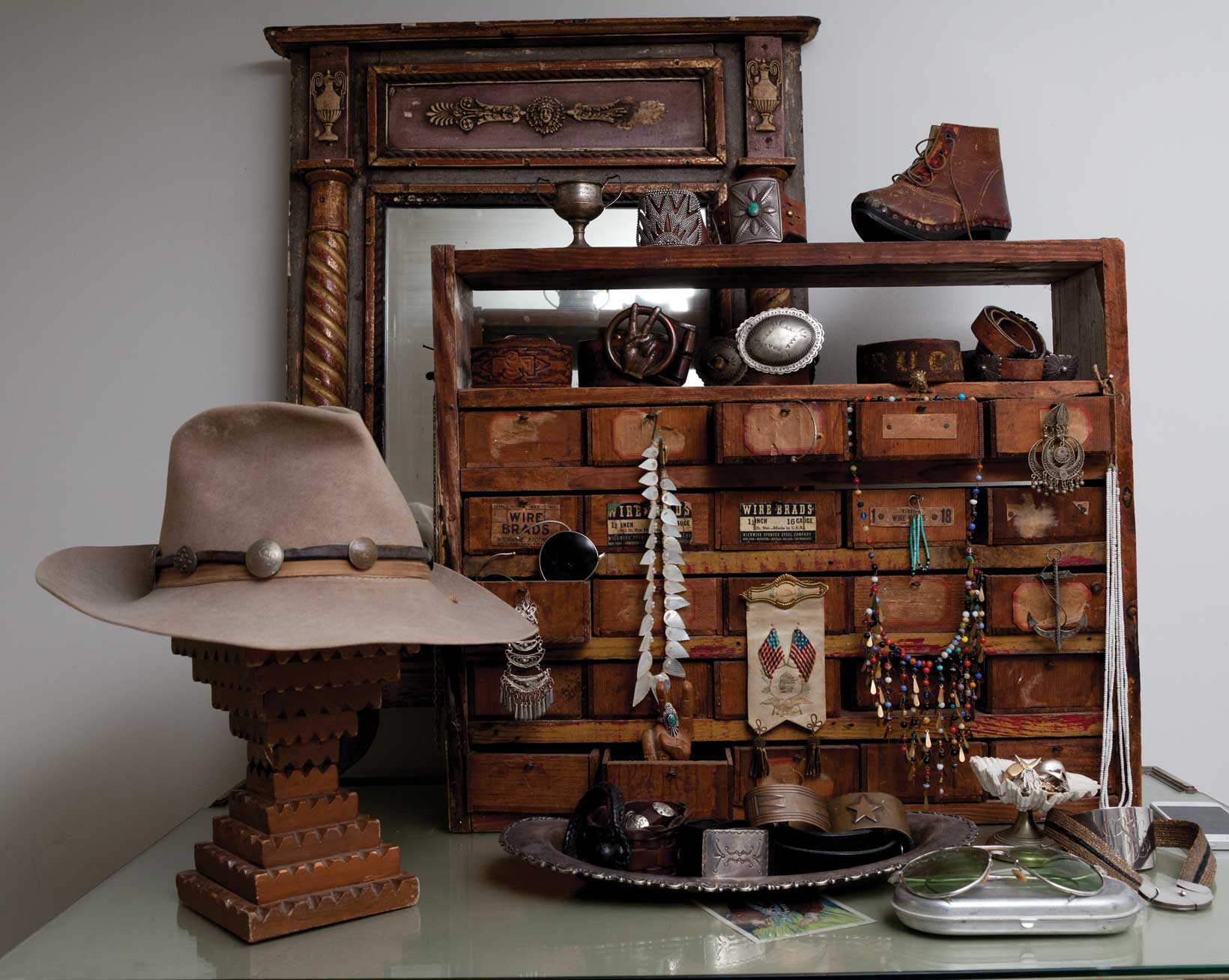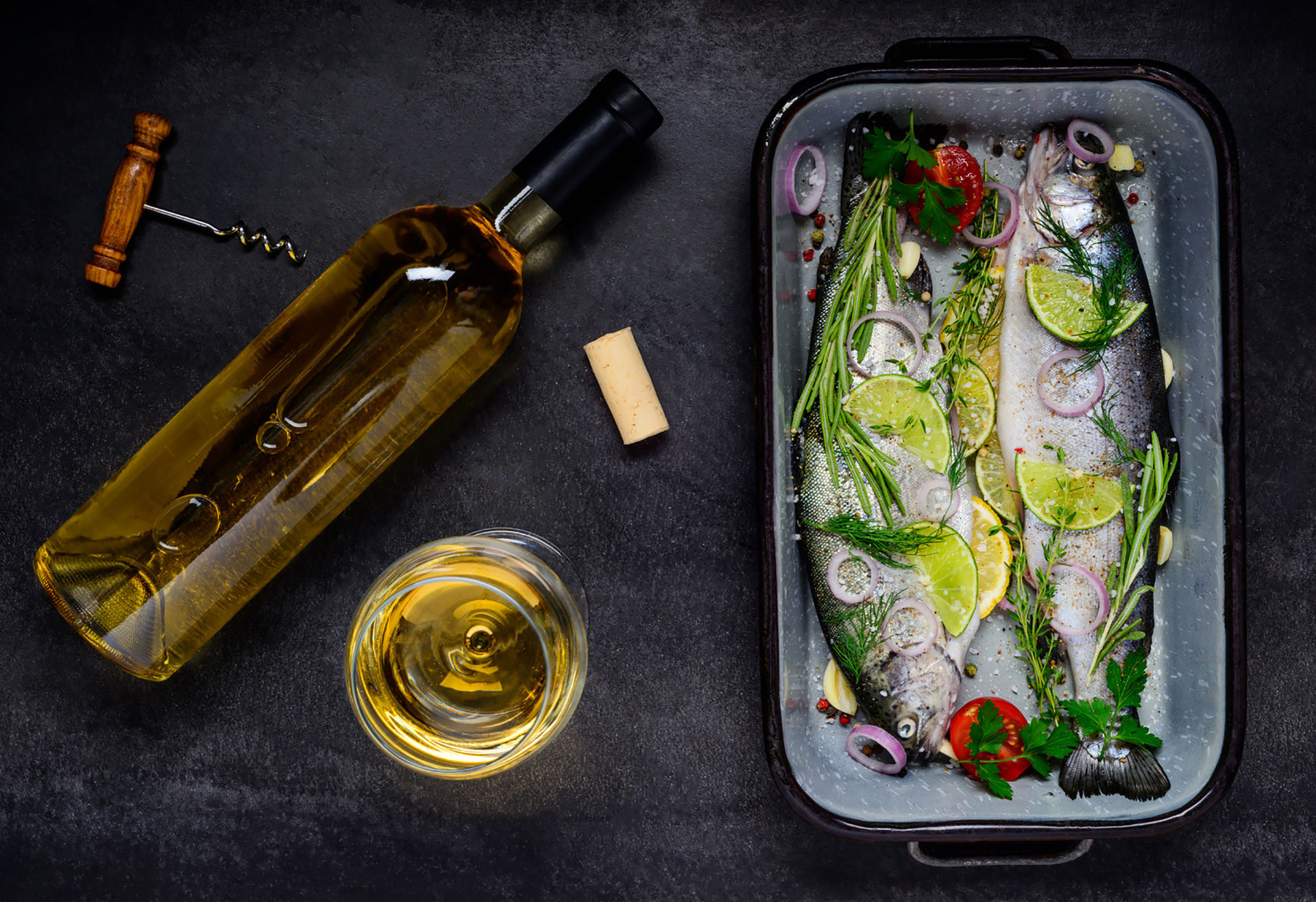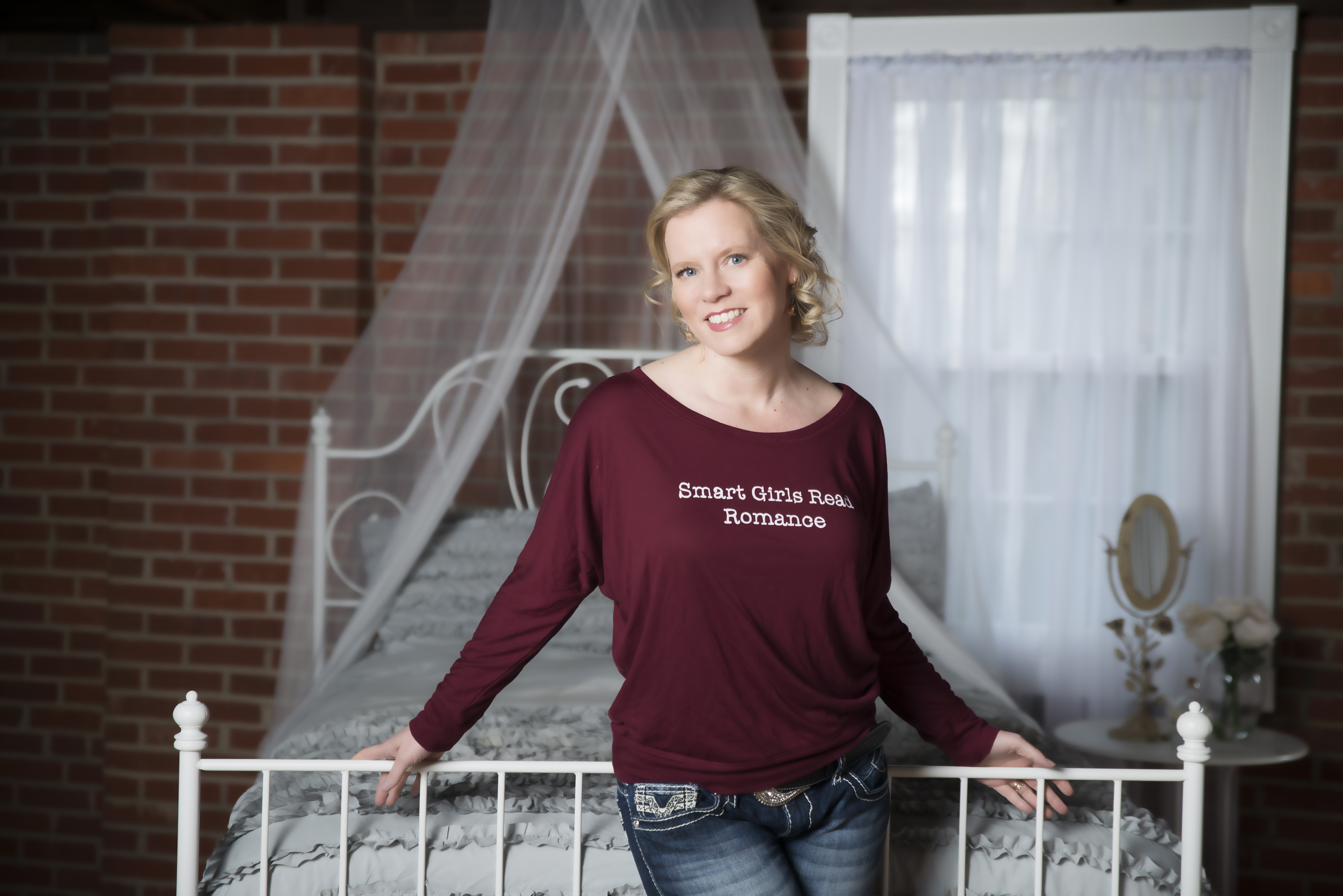
A Curated Life

HOME DESIGN
 Respected as they are for their style and their resourcefulness, Ginger Hall and David Teague are even more particular about what they bring into their Solebury home. The result is a pure extension of them.
Respected as they are for their style and their resourcefulness, Ginger Hall and David Teague are even more particular about what they bring into their Solebury home. The result is a pure extension of them.
By Scott Edwards · Photography by Josh DeHonney
For the better part of an hour, the conversation comes easily as we move from room to room. Then we head outside to take advantage of the fading, unseasonable warmth, pull up chairs on the flagstone patio and start to play a game. The house is burning down. What are you saving? Silence. Punctuated by concerned looks.
In a town loaded with vintage, David Teague and his wife, Ginger Hall, are maybe its most widely revered collectors. Their scavenging’s taken them beyond the flea markets and estate sales across the Mid-Atlantic to some off-the-grid corners of Japan and Europe. His Lambertville, New Jersey, store, America Antiques & Design, has been a valuable resource for Ralph Lauren and his ilk for years. Ginger’s eye is just as keen. For a while, she stocked a corner of the store with dresses that were frequently cherry-picked by the bohemian label, Free People. Early last year, she took over the second floor and opened her own women’s boutique called Compromise Lodge.
 They live across the river, along a pitched stretch of picturesque road in Solebury Township. “It’s a real farmhouse,” David says. Then he immediately clarifies himself. “It’s a farm worker’s house, as opposed to a plantation.” Relative to their neighbors’, it’s a small home. Relative to any home, it’s small. Two bedrooms, one bathroom. And, really, it’s one bedroom because Ginger’s claimed the other as her boudoir. But the physical limitations have only honed their resourcefulness. Nothing is an afterthought.
They live across the river, along a pitched stretch of picturesque road in Solebury Township. “It’s a real farmhouse,” David says. Then he immediately clarifies himself. “It’s a farm worker’s house, as opposed to a plantation.” Relative to their neighbors’, it’s a small home. Relative to any home, it’s small. Two bedrooms, one bathroom. And, really, it’s one bedroom because Ginger’s claimed the other as her boudoir. But the physical limitations have only honed their resourcefulness. Nothing is an afterthought.
“I think because the house is so small, we both have a sensibility in editing,” Ginger says. “We buy things as we find them, not as we need them. We just learned that otherwise, you don’t get the right thing or you pay too much if you’re too eager to find it.”
“We’re afforded the luxury that we can always use the gallery as a way to feed this,” David says. Or purge it. “Someday next month, we may find a really cool pair of lamps and say, ‘Oh, my god. That would be even better in the kitchen. Let’s swap them out.’ We’ll take these lamps out, put them in the shop and make a profit on them.”
“It’s a small footprint-thing,” Ginger says. “I hate all those terms—I’m sorry to interrupt—but it is. When you really make a commitment to live small and kind of stick to it, that dictates everything you bring in and don’t bring in. Like, I sell clothes, but I can’t keep as many as I want. I don’t have the space. It’s a very thoughtful process. It’s nice if it’s made by someone you know or just handmade in general.”
They have a longtime writer friend who, on his last visit, said something that resonated with them: “I love your place. It’s so truthful.”
Quantifying the unquantifiable
 Back to the fire’s-ravaging-the-home challenge. The trouble, it’s become apparent, is that they play this game all the time.
Back to the fire’s-ravaging-the-home challenge. The trouble, it’s become apparent, is that they play this game all the time.
“It’s kind of our litmus test to bring something into the house,” David says. “It has to be that kind of thing that you would grab on your way, jumping out the window, if there was a fire. We have hundreds and hundreds of things in the store that obviously we’re drawn to, otherwise we wouldn’t have purchased them. Some of them, when you sell them, it’s hard to say goodbye. But the things that are here are the things that we couldn’t say goodbye to. So, that’s a tough question for us.”
“I’m really sentimental about stuff,” Ginger says. “There are so many things that, for different reasons, I feel very attached to.”
To define their criteria, once and for all, David says: “It doesn’t come home with us unless it’s really kind of special, and has a great story and it’s rare.”
Nonetheless, eventually, they come up with answers. Ginger names the steel lamps that David made that sit on their nightstands. He forged four altogether shortly after they bought the house about 15 years ago, reluctantly sold two of them for a huge price and promptly realized he’d never part with the other two, an instinct that’s only solidified since the death of the friend he made them with.
David leaves us and returns a moment later with the smallest shoe I’ve ever seen. “You love that shoe,” Ginger says to him. It’s a girl’s or a very petite woman’s brown leather shoe with a black, stacked-leather heel. David figures it’s about 125-years-old. Again, he reluctantly gave up its mate to a close friend who hounded him for it—and then turned around and sent it to John Galliano to get him to come to his show at New York Fashion Week. (It worked.)
Needless to say, Ginger and David don’t stop—can’t stop—there.
Fashion follows function
The boudoir may sound like an indulgence—and Ginger admits that she feels like it is—but the lone closet in the master bedroom is about a foot deep and a couple feet wide. David lined it with shelving and uses it to store his shoes and accessories. A narrow stairwell arrives at a two-foot by two-foot landing on the second floor. To the left, the bedroom. Straight ahead, the only bathroom. And to the right, the boudoir. Clearly, this is the only functional arrangement.
In lieu of closet space, there’s a massive “breakdown armoire” from Germany (named as such because it breaks down into several pieces) and a curvaceous Brazilian dresser in the bedroom that came in through a window with most of the rest of the furniture up here. In the boudoir, a stack of embossed leather suitcases from the thirties sits against the far wall. “My clothes are in there, yeah,” Ginger says. “It’s a commitment. But it feels normal, I don’t know.”
The mirror hanging over the vanity next to them is 18th-century Italian. The rest of the room is arranged just like a boutique, right down to the tall display case that houses her jewelry and the freestanding clothes rack. An S-shaped loveseat sits in the middle of the room. And a miniature, 19th-century Swedish chandelier hangs from the ceiling. Its partner hangs directly across the landing, over the bed from Buenos Aires.
Most of the dining room—for all intents, the home’s central throughway—is occupied by a dining table that David made from a 200-year-old board that once comprised half of a family bed in Burma. It’s bracketed on its two long sides by industrial-looking steel braces. On top sits a giant clam shell, which happens to store wine bottles nicely within the grooves of its opening. They can seat eight in here, David says, but it’s tight. They do most of their entertaining in the warm weather, when the patio and the studio are at their disposal.
Home away from home
Fond as they are of their home and its contents, Ginger and David are most comfortable in the former sculptor’s studio behind the home and, maybe even more so, in the intimate cove wedged between the two.
They planted pine trees on the one side when they first moved in that now stand 20 feet tall, easily. The ones on the opposite side grew on their own accord. They create the effect, along with the house and the studio on the other sides, of sealing the patio off from the outside world.
The fire pit at the center is a 19th-century Victorian flower urn that David found in Massachusetts. Scattered around it sit several white metal lounge chairs of various sizes and shapes. On top of a few of them are pillows made from stuffed old Japanese mailbags and German hops sacks. There’s a framed five-foot by five-foot white board attached to the backside of the house. Directly across the patio, a projector’s fixed in a studio window. It’s an easy scene to envision: balmy summer night, sparks floating up through the air, quiet conversation, the occasional burst of laughter, David’s arty movies playing in the background.
With its bank of salvaged windows spanning the entire far wall, the studio has the feel of a pavilion. It’s a long, wide-open space. To the right, a large projection screen, in front of which sits a midcentury modern-looking couch. Behind that is a comfy queen-size bed with a pillow-y, white down comforter. And behind that, now all the way on the far left of the room, is a big cast-iron, wood-burning stove. They just installed a heating and air conditioning system, but the lack of it was never much of a deterrent. “I’ll walk through the snow to come out here,” David says. “We don’t have a fireplace in the house, so I love having a fire.”
In the fall, when the apple tree just beyond the bank of windows is dropping apples faster than they can collect them, they’ll lie in that bed at night, the stove radiating a few feet away, and listen to the deer devour the apples littering the ground.
The building, David believes, was erected sometime in the thirties or forties and converted into a sculptor’s studio about 20 years later.
“I loved what this was,” David says, motioning over his right shoulder, to the house. “But this building,” nodding toward the studio, “is what really, really spoke to me. When I came out to Bucks County originally from Philly, I was drawn toward the architecture, toward the barns. I rented probably four or five different barns.”
Just as valuable as the aesthetic appeal was the space to set up a workshop to build his furniture and restore their home.
“This is like a 15-year project for us,” David says. “It’s a pleasure. It’s not a job … trying to improve upon it and respect the life that it had.
“I don’t know that we’ll ever be done, done, done. But I think we’re getting close,” he says. “I want to do a little bathroom [in the studio]. Eventually, in our retirement, [the studio] will be a complete home. And maybe we’ll rent one or the other. And then do some traveling and get away from some of these winters up here.”
“You don’t want any strangers [renting],” Ginger says to him.
“I don’t want any strangers,” David concedes. “It looks good on paper.”












